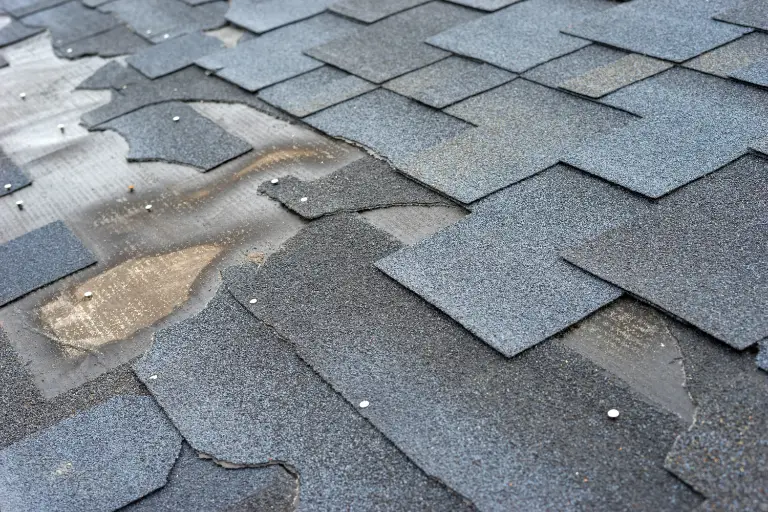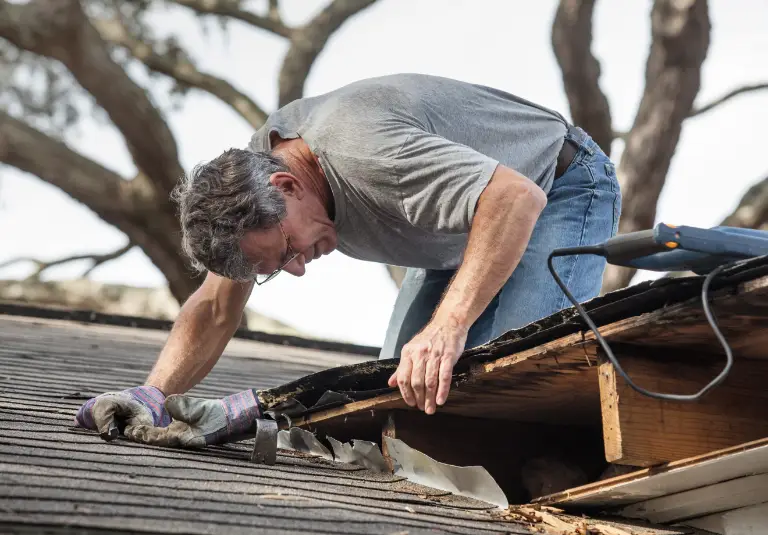Real estate industry faces many challenges to ensure the safety and structural soundness of properties. The condition of roofs stands out as a key concern. Roof annotation, a method that involves marking and examining roof images in detail, has a key part to play here.
Roof Imaging and Annotation
Roof inspection methods have evolved significantly with new imaging technology. High-resolution photos and Lidar scans now create detailed 3D models of roofs, offering a clear view of their condition.

These advanced techniques can uncover defects that traditional inspections might miss. They identify issues like small cracks, loose shingles, or minor color changes early, preventing these problems from becoming serious.
Roof imaging also enhances safety for real estate professionals, sellers, and buyers. The detailed information provided by these scans highlights weak spots and potential hazards, ensuring that necessary repairs or reinforcements are made to protect everyone involved.
Additionally, these methods assess the roof’s durability by examining the condition of materials and overall strength. This insight helps property owners plan maintenance and budget for repairs, potentially saving money by addressing issues before they become major problems.
Common Roof Risks in Real Estate
Roofs are the primary defense against external elements, making them vulnerable to various issues. Identifying and addressing these problems is crucial for ensuring safety and preserving the property’s value and durability. Here are some common risks:
Sagging or uneven roof lines can indicate underlying issues such as weakened support beams or poor installation. Detailed images from roof annotation can highlight these irregularities, clearly showing which areas require immediate attention and repairs.

Harsh weather, sun exposure, and general wear and tear can lead to roof deterioration. Roof annotation helps detect problems like missing tiles, worn shingles, or damaged protective layers, ensuring timely repairs are made to prevent further issues.
Water damage significantly impacts a property’s structure and value. Roof annotation identifies signs of water damage, potential leak areas, and places where water might collect and cause damage over time. Early detection helps address these issues before they escalate.
Moss and fungi growing on roofs can trap moisture, leading to faster wear and potential leaks. Roof annotation can identify these growths, allowing for prompt removal and preventing more serious problems from developing.¢
The Technology Behind Roof Annotation
Roof annotation leverages modern technology to deliver precise and actionable insights into roof performance. Here’s how it works:
Computer Vision: This technology enables machines to analyze and interpret visual data. In roof inspections, computer vision can independently detect issues such as cracks, wear, or water damage. It often identifies problems that human inspectors might overlook.
Panoptic Segmentation: This technique labels every pixel in an image to differentiate between various objects and materials. It helps pinpoint specific roof materials, worn spots, and subtle color changes that could indicate hidden damage.
3D Modeling: Creating a three-dimensional representation of the roof provides a comprehensive view. Inspectors and property owners can use this model to identify problem areas, assess the extent of damage, and develop more effective repair strategies.
Machine Learning: Algorithms analyze large data sets to identify potential problem areas by recognizing patterns and trends. As these algorithms process more roof images over time, they improve their accuracy and predictive capabilities, enhancing their utility in evaluating real estate data.
Benefits of Roof Annotation for Property Buyers and Owners
Roof annotation provides property owners and buyers with several advantages by combining modern technology and extensive research. It gives purchasers an extra degree of support, guaranteeing that they are making a wise deal. It provides information on maintenance requirements to property owners, assisting them in maintaining the safety and value of their asset. Key benefits include:
- Roof annotation and labeling provides a detailed perspective on the state of the roof, bringing to light even the smallest defects.
- By seeing any problems early on, property owners may make timely repairs and steer clear of future, more expensive interventions hence saving on costs.
- Roof annotation ensures that roofs are structurally sound, safeguarding inhabitants from potential risks.
- A well-maintained roof, verified through annotation, can enhance the overall value of the property.

By incorporating roof annotation into their practices, real estate professionals can better manage resources, enhance property value, and stay ahead of potential problems. The integration of detailed data and technology into real estate management is set to grow, with roof annotation playing a crucial role in this shift, particularly in improving roof inspections.




